Let’s be honest: the internet is full of beekeeping gear recommendations from people who’ve never opened a hive. This list is different. I’ve been keeping bees for almost 15 years, and every item below is something I personally own and actually use season after season.
These tools aren’t just helpful—they’re reliable, affordable, and tested in real-life conditions. Whether you’re just getting started or looking to upgrade, this list will help you build a solid beekeeping setup without wasting your money.
1. 👨🚀 Full Beekeeping Suit
A full suit is non-negotiable – especially for a new beekeeper. Gaining confidence in your beekeeping skills is critical in those early years and if you are having to contend with painful stings every time you open the hive, you’ll be tapping out of beekeeping before you really get going. Even after many years of experience, every now and then you still have colonies that are a little “spicy” as we like to say. You will never go wrong having a full suit on hand in the beginning, and throughout your beekeeping journey. This one gives full-body protection, breathes surprisingly well, and helps you stay calm and focused when the bees start getting noisy. Even after years of use, the zippers and mesh still hold up strong. Shop the suit
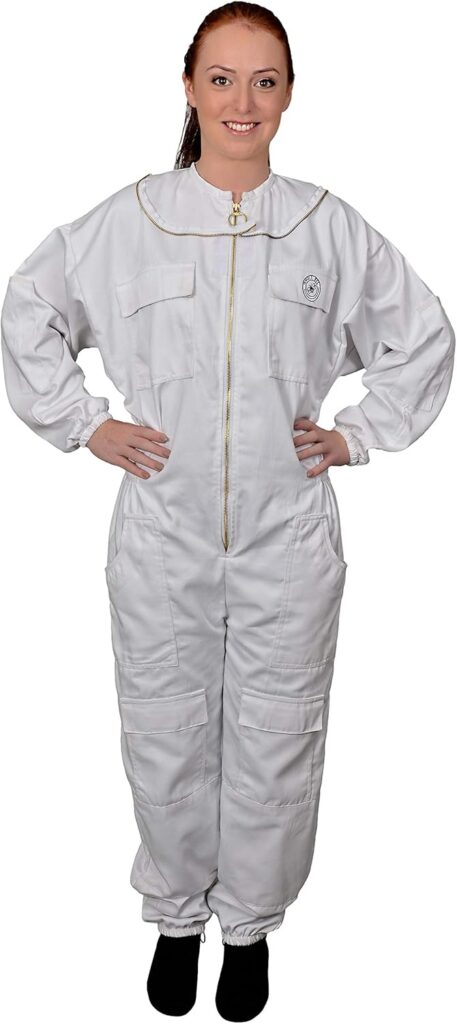
2. 👕 Pullover Beekeeping Jacket
This pullover jacket is my go-to for casual checks or when I need protection, but it’s into those warmer summer days. It’s cooler than a full suit but still provides great coverage for your upper body. I keep one in the truck just in case I need to pop into a hive while out and about. Shop the pullover
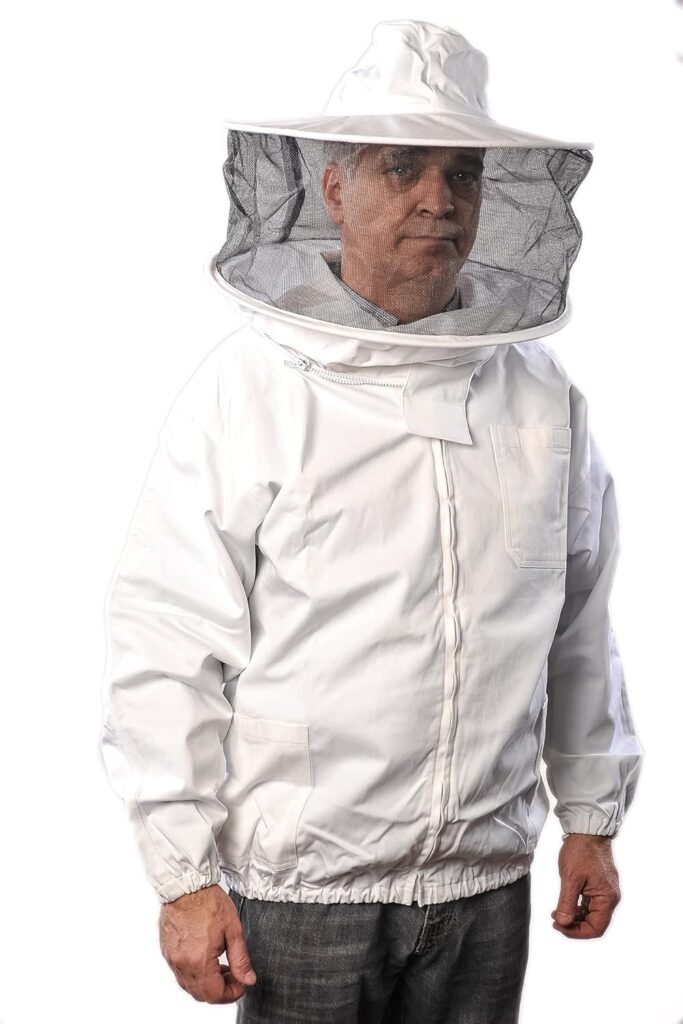
3. 👒 Hat with Veil
Sometimes all you need is a little facial protection, especially when you’re checking traps or working around calm colonies. No matter what, you have to protect your face – especially your eyes. Ever seen a bee sting to the eye? – it’s pretty gross and painful! This standalone veil is light, quick to throw on, and keeps bees out of your face without overheating. Also nice to have around for people who like to take a peek at the bees, but still prefer to keep a safe distance. It’s a great backup item that I always keep handy. Shop the veil
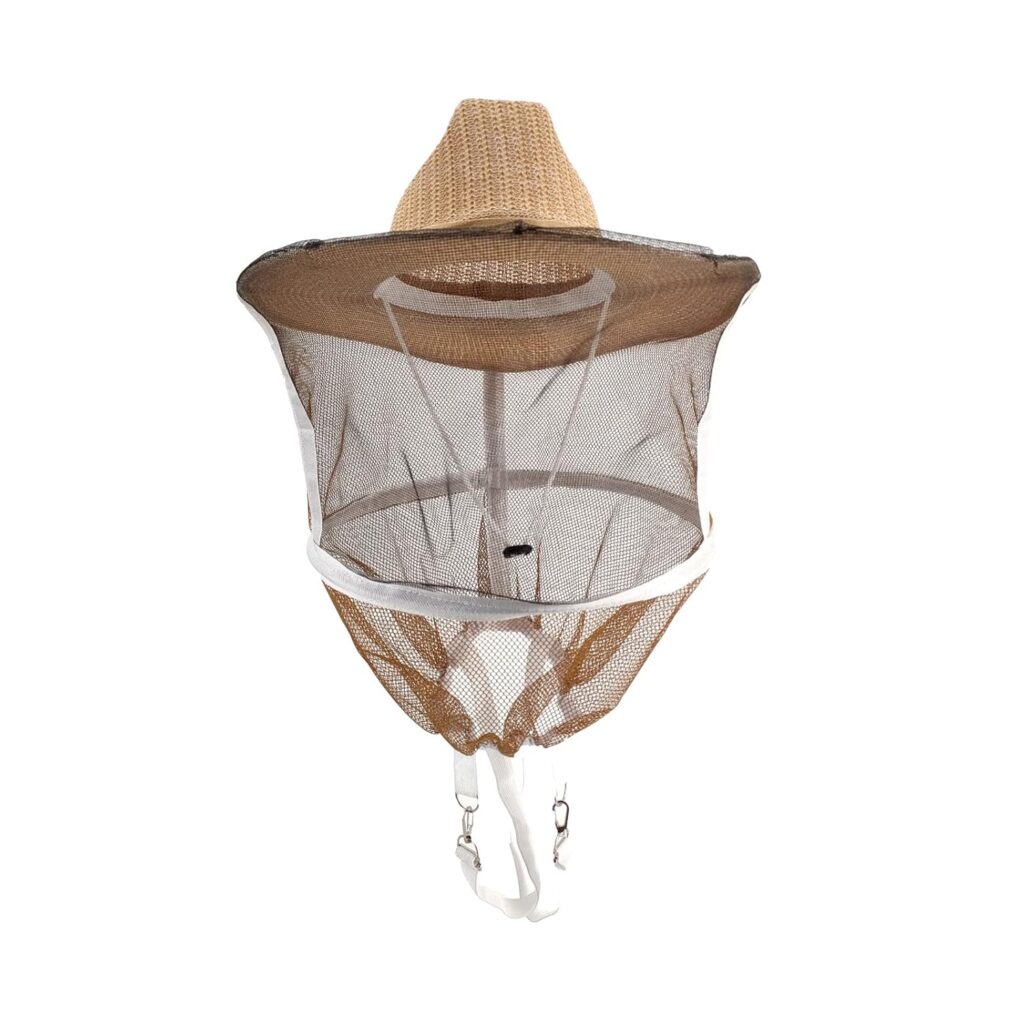
4. 🔥 Stainless Steel Smoker
If I had to pick one piece of gear that makes hive work smoother, it’s this smoker. It lights easily, stays lit, and puts out clean, cool smoke without choking out the bees. The build quality holds up over time, and the protective cage keeps your hands safe. Don’t skimp here—cheap smokers can turn a good inspection into a frustrating mess. The most common failure point on the smoker is the bellows. Cheap smokers have bellows made of thin wood that falls apart in a few years (less if left outdoors). Buy once, cry once, but you’ll be glad you did. Shop the smoker

5. 🛠️ Hive Tool (Standard or J-Hook – Pick Your Style)
A hive tool is one of the few things no beekeeper can live without. It’s your all-purpose pry bar, scraper, and frame lifter—used in every inspection. There are two main styles to choose from: the standard flat tool and the J-hook.
The standard version is simple and versatile. It’s great for cracking boxes open, scraping off propolis, and cleaning frame rests. Shop the Standard Hive Tool
The J-hook version has an added hook on the end that lets you lift frames cleanly from the ends, which some beekeepers find more ergonomic, especially when working tight or sticky hives. Pro tip: Do not use the J-hook to force the top bar of a frame up if there is an abundance of propolis on the frame. You can literally rip the top bar right off of the frame if it has been a while since that frame has moved from that spot. Try getting it to move side to side a bit before lifting upwards. Shop the J-Hook Hive Tool (yes, this is a multi pack. Buy extras for you because you will use them, or go in on it with a couple of friends).
You really only need one—just pick the version that matches your working style. If you can’t decide, go ahead and get one of each.
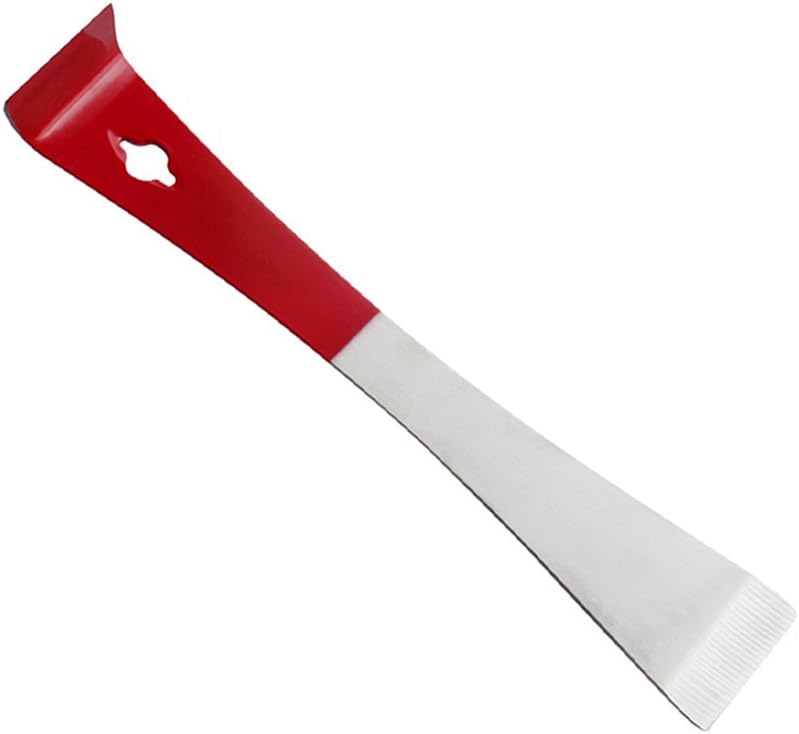
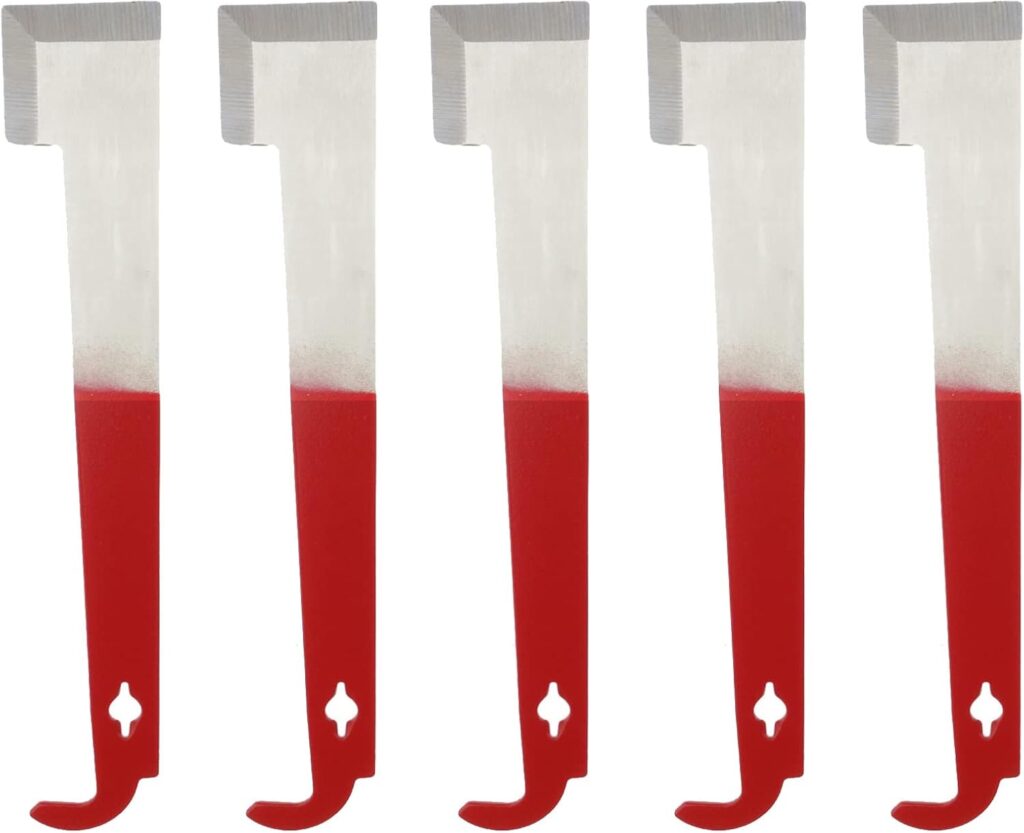
6. 🧰 Frame Rack
A frame rack might not seem essential at first—but once you use one, it’s hard to go without. It hangs right on the side of your hive and gives you a safe place to hang frames during inspections. This keeps your workspace organized, reduces the risk of crushing bees, and prevents accidentally setting frames in the grass or knocking them over. If you decide not to buy this, at least keep an extra hive body, nuc box, or something handy that you can put your frames into while inspecting so that you don’t have to put them on the ground. Plucking leaves and pine needles from frames, with gloves on, is the last thing you want to have to deal with in the middle of an inspection. Shop the frame rack
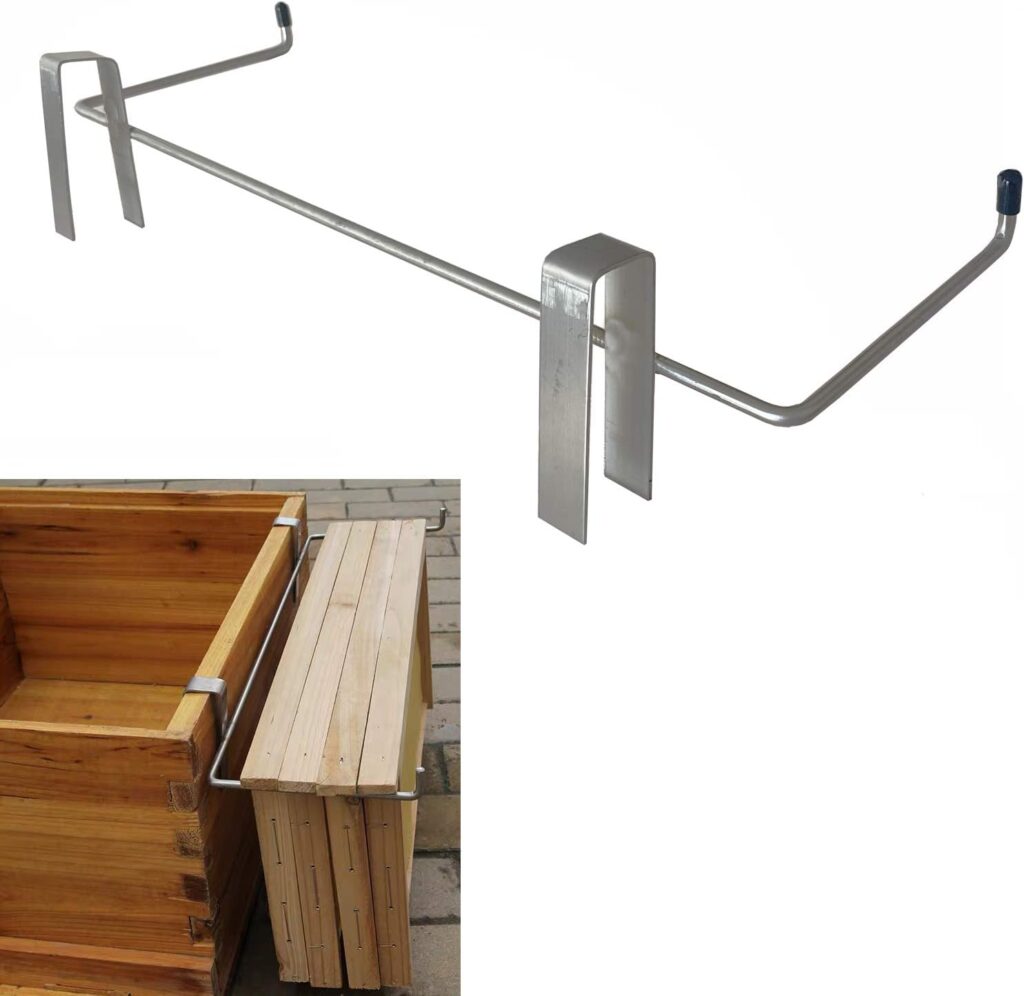
7. 🧤 Hand Protection (Premium & Budget Options)
- Beekeeping Gloves – These gloves are very similar to mechanics style gloves. They do not offer any protection at the wrist or up the arm, but the do a good job protecting the hands, while maintaining dexterity. Shop the beekeeping gloves
- Nitrile Gloves – Quite often I wear no gloves at all, but as you are transitioning away from big thick gloves and working toward no gloves, the nitriles are a good stepping stone. Some people never go barehanded and this is what works for them. Do what works for you and don’t worry about what anyone else says or thinks. Shop the nitrile gloves
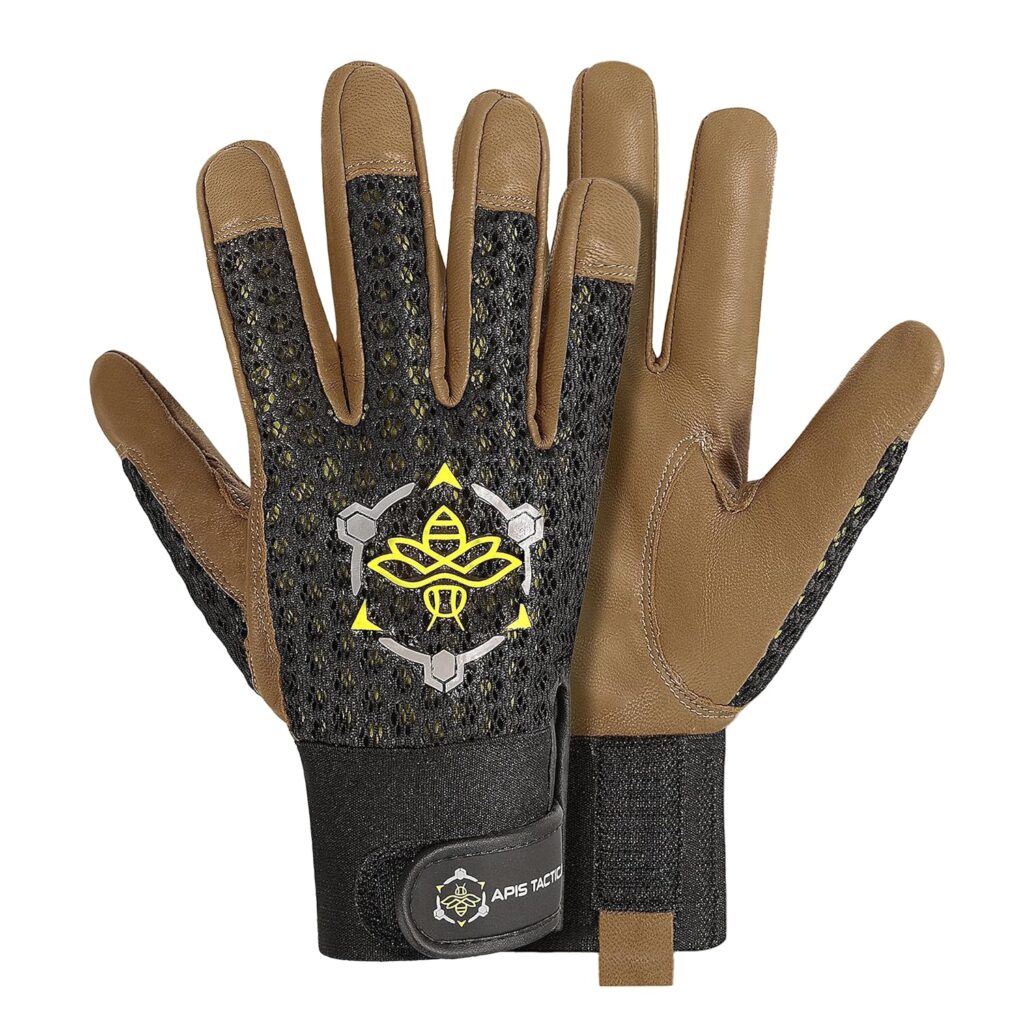
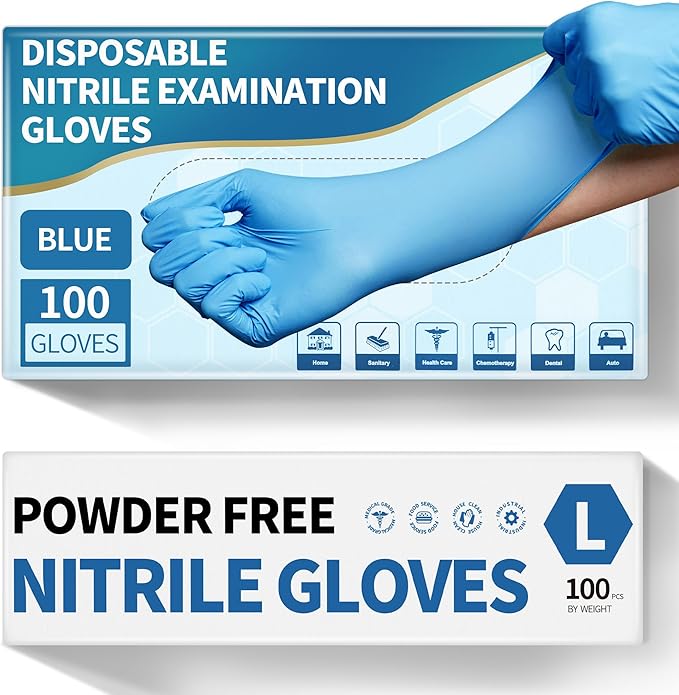
8. 🪵 Hardware Cloth (#8 and #2)
- #8 Hardware Cloth – This version has 64 small squares per inch, making it too tight for bees to pass through. I use it to seal off areas where bee access isn’t wanted—ideal for ventilation covers or swarm trap barriers. It also makes for a great improvised entrance reducer on those hot summer days, by maintaining air flow, while simultaneously making hive defense easier on the guard bees by reducing the entrance size. It’s a versatile material to have on hand when you need a fine mesh. Shop the #8 hardware cloth
- #2 Hardware Cloth – With 4 squares per inch, this allows bees to pass freely but prevents mice from getting into the hive. It’s perfect for making mouse guards in the fall and winter. Strong, reusable, and an essential part of my cold-weather prep. Shop the #2 hardware cloth
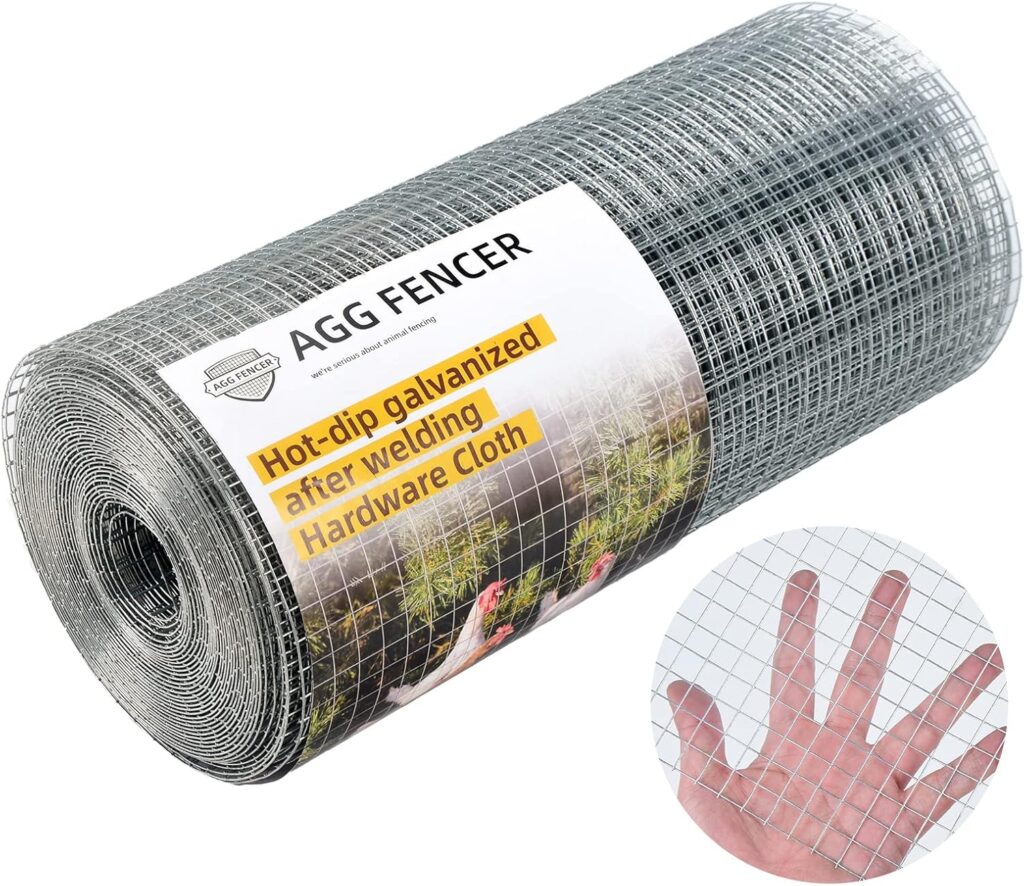
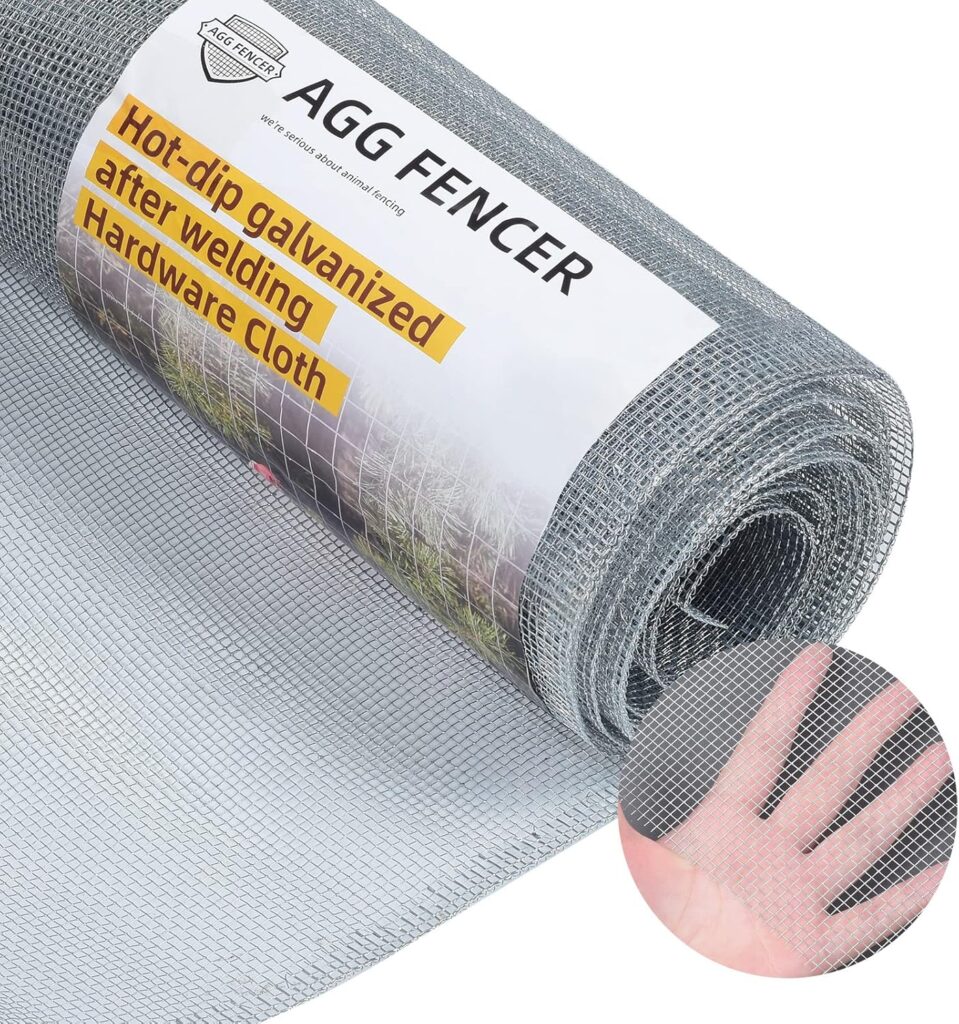
9. 🐝 Queen Cages (Reusable)
These cages can be used in a number of different ways when you want to protect your queen. One common problem that happens to beekeepers is they accidentally crush their queen during an inspection. If I see my queen during an inspection I will go ahead and place her in one of these cages to keep her safe. You can use them when catching swarms, requeening, installing new packages or nucs. Anytime you want to keep track of her and keep her protected from being crushed. I keep a few on hand at all times. Shop queen cages
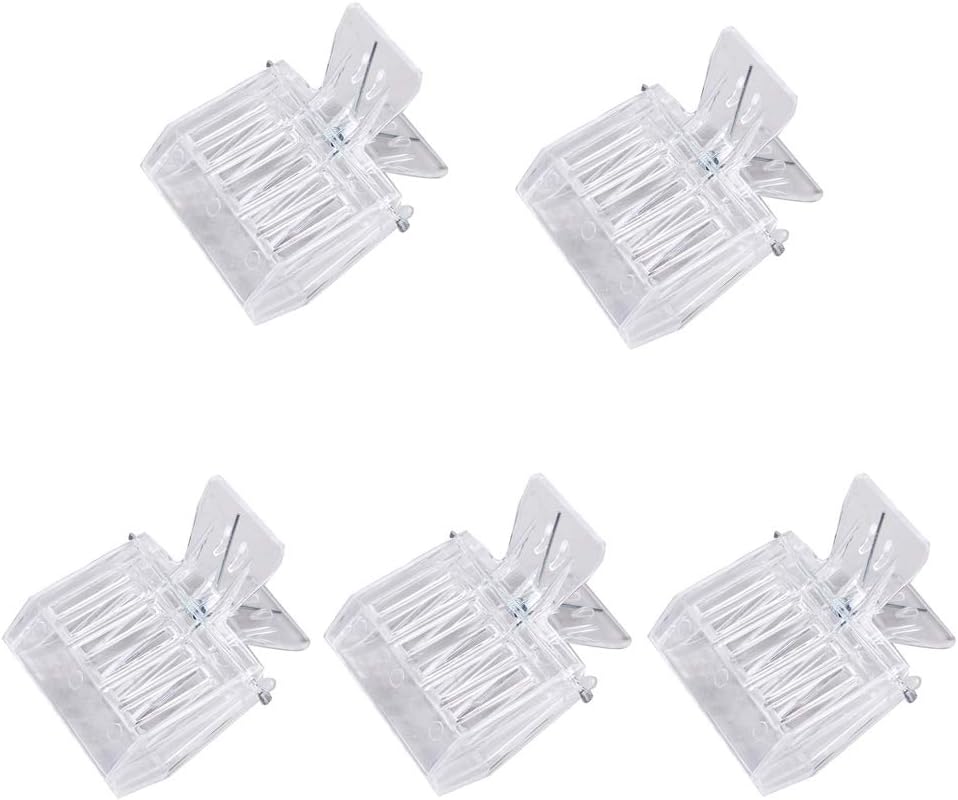
10. 🎙️ Digital Voice Recorder
Taking notes at the hive is nearly impossible with gloves on, which is why I started using this recorder. I clip it to the top of my shirt under my suit and talk through what I’m seeing, then review the audio later. Great for tracking hive behavior over time. They’re available in both lightning ports and USB-C so you can match it to your phone’s port. I am sure you can use whatever recording app that you like, but I just use Apple Voice Memo and that seems to work well. Shop voice recorder
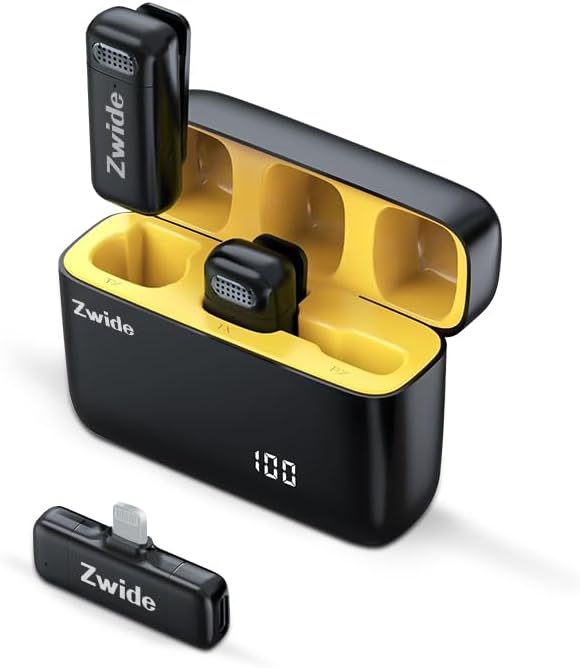
🎁 BONUS: Complete Hive Kit (Perfect for New Beekeepers)
If you’re just starting out and want to avoid piecing everything together, this is the kit I recommend. It includes the deep boxes, frames, foundation, covers, and more—everything you need to get started with your first colony. It’s a great value, and a great way to hit the ground running. Shop the full hive setup
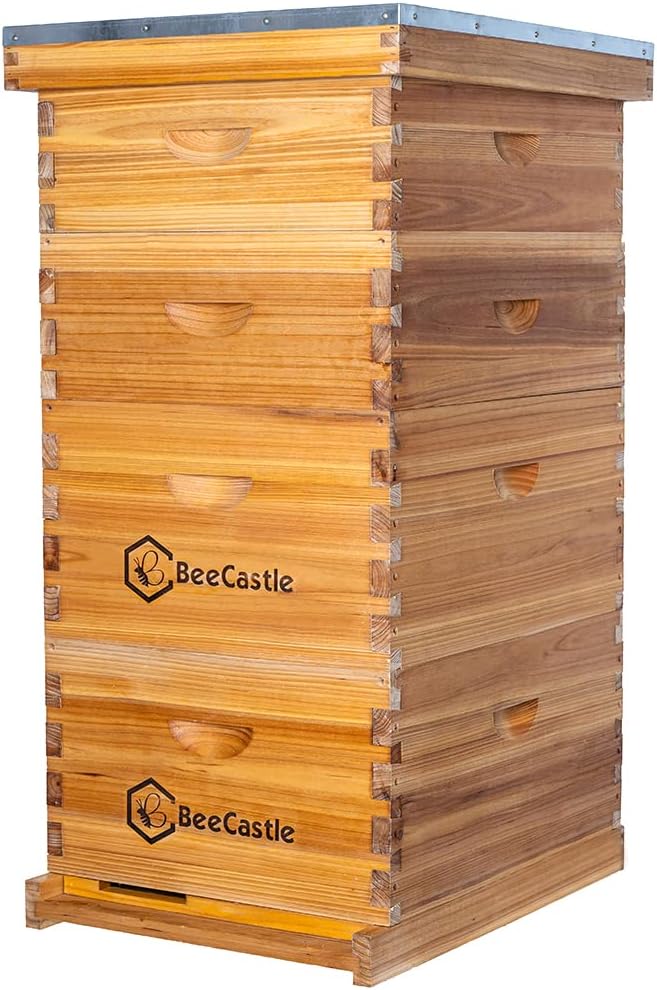
🧠 Final Thoughts
This list isn’t theory—it’s what I actually grab when I’m heading out to check bees. No fluff, no gimmicks, just solid tools that make the work easier and safer.
If you’re brand new, these tools will set you up for success. If you’ve been doing this a while, you might find a few upgrades worth making.
📺 Want to see these tools in action?
Check out my YouTube channel for walkthroughs, hive tours, and gear demos.
💻 Want more content like this?
Bookmark this site—I’ll be adding more gear reviews, how-to guides, and seasonal tips very soon.
🐝 Check out our website for more resources and information:
https://beekeepingfornewbees.com/